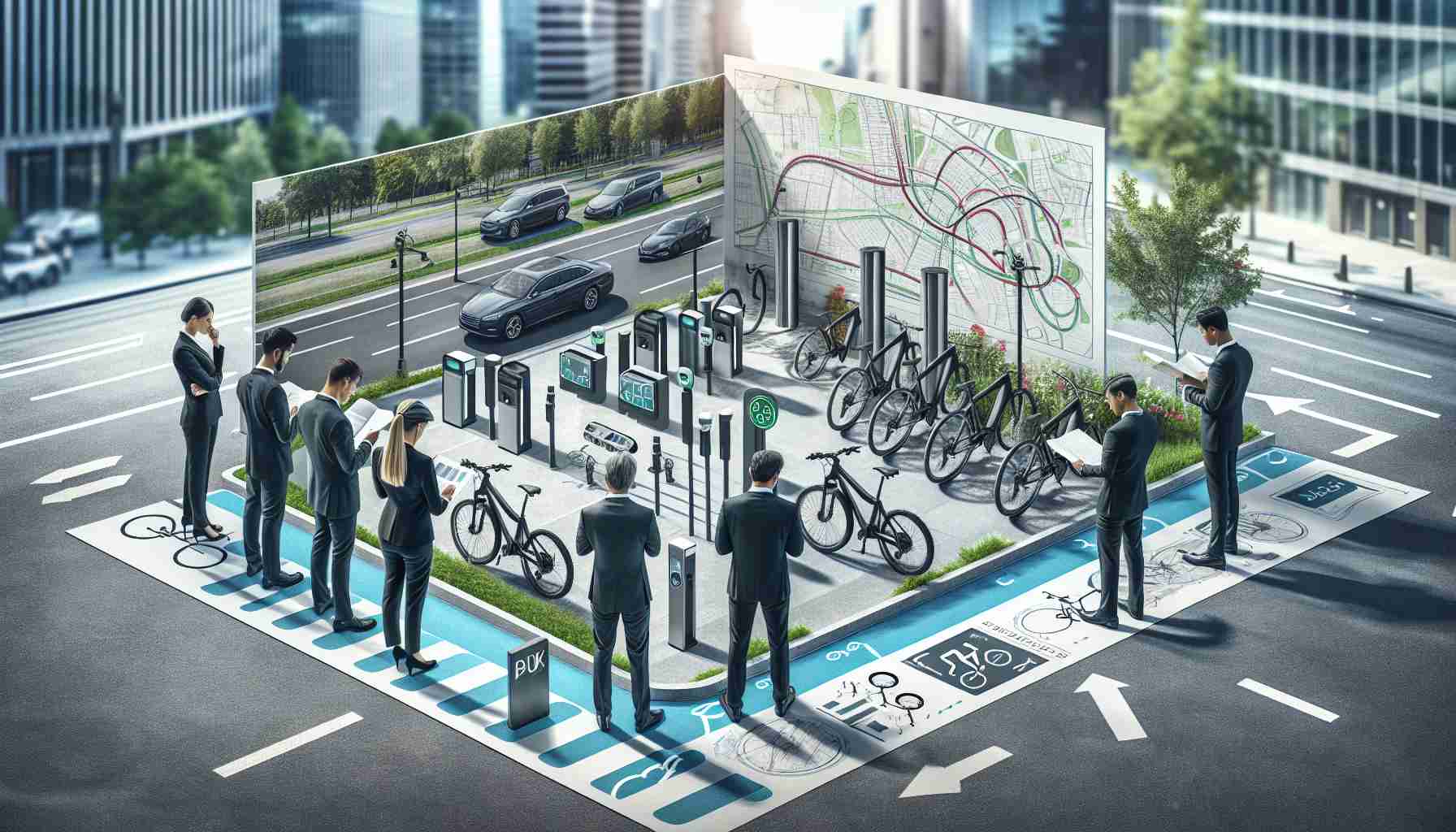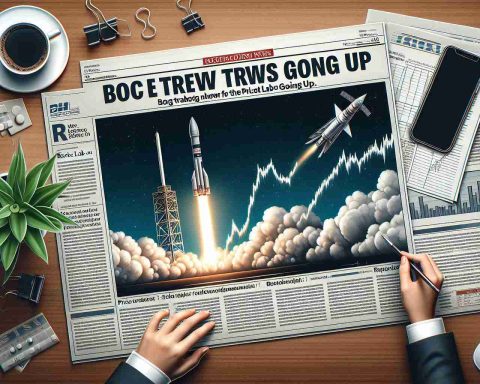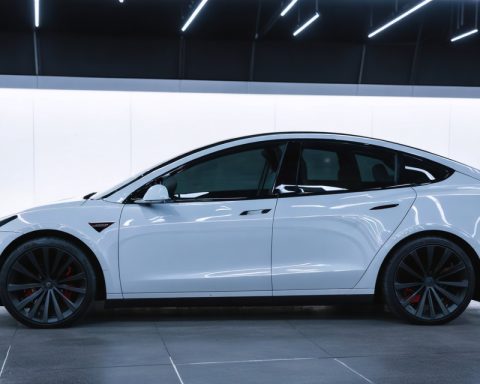As bicicletas elétricas têm ganhado popularidade nos Estados Unidos, oferecendo inúmeros benefícios aos ciclistas. No entanto, com o aumento do seu uso, preocupações inevitavelmente surgiram. Desde questões de segurança até medo de incêndios em baterias, críticos e potenciais usuários expressaram apreensões. No entanto, uma solução simples existe que poderia abordar quase qualquer preocupação em relação às bicicletas elétricas: investir em uma melhor infraestrutura de ciclismo.
Uma das principais preocupações gira em torno do compartilhamento das vias com carros, especialmente a preocupação de navegar ao lado de veículos mais rápidos e pesados. A resposta está no desenvolvimento de ciclovias dedicadas e separadas. Ao implementar redes abrangentes de ciclovias protegidas, as cidades podem garantir a segurança dos ciclistas de e-bike, eliminando os riscos associados à proximidade com veículos motorizados. Além disso, uma infraestrutura de ciclismo aprimorada não beneficia apenas os ciclistas de e-bike, mas também os motoristas, reduzindo o congestionamento do tráfego e incentivando mais pessoas a trocar os carros pelas e-bikes para viagens locais.
Outro problema frequentemente levantado é a presença de adolescentes em e-bikes, o que muitas vezes causa ansiedade para outros usuários das vias. Mais uma vez, a solução reside em uma infraestrutura de ciclismo aprimorada. Se as cidades expandirem suas redes de ciclovias, os adolescentes teriam seus próprios espaços seguros para pedalar, separados do tráfego de veículos. Essa abordagem tem se mostrado bem-sucedida em outros países e também pode funcionar nos Estados Unidos.
A segurança dos pedestres é outra preocupação legítima. Os ciclistas de e-bike em calçadas lotadas podem representar um risco para os pedestres. No entanto, a disponibilidade de uma infraestrutura de ciclismo bem projetada pode ajudar a mitigar esse problema. Quando apresentados com a opção de andar nas calçadas ou no acostamento estreito de uma rodovia urbana movimentada, os ciclistas muitas vezes optam pelas calçadas relativamente mais seguras. Ao investir em uma infraestrutura de ciclismo melhor, as cidades podem fornecer uma terceira opção segura: ciclovias designadas.
Além disso, os receios em relação ao roubo de bicicletas e incêndios de baterias durante o carregamento também podem ser abordados por meio de uma infraestrutura de ciclismo aprimorada. A implantação de estações de travamento e carregamento seguras pode minimizar o risco de roubo e mitigar os riscos de incêndio. Ao fornecer áreas designadas equipadas com uma infraestrutura de carregamento segura, as cidades podem aliviar as preocupações com a segurança das bicicletas e a segurança das baterias, incentivando assim mais pessoas a utilizar as e-bikes.
Investir em uma melhor infraestrutura de ciclismo não apenas aborda as preocupações imediatas dos usuários de e-bike, mas também traz benefícios mais amplos para a comunidade. Ciclovias aprimoradas e estações de carregamento seguras podem ajudar a reduzir o congestionamento do tráfego, diminuir as emissões e contribuir para uma população mais saudável e ativa. Além disso, o aprimoramento da infraestrutura de ciclismo demonstra um compromisso com opções de transporte sustentáveis e inclusivas, garantindo soluções de mobilidade seguras e confiáveis para todos.
À medida que as bicicletas elétricas continuam a revolucionar o transporte urbano, é crucial para as cidades nos Estados Unidos se adaptarem e abraçarem a infraestrutura de ciclismo. Embora existam preocupações legítimas em relação à segurança e ao gerenciamento de baterias, elas podem ser efetivamente abordadas por meio de um planejamento urbano cuidadoso e investimento em infraestrutura adaptada ao uso de e-bikes. Ao priorizar ciclovias separadas e estações seguras de travamento e carregamento, podemos liberar todo o potencial das e-bikes como peças fundamentais da mobilidade urbana, tornando nossas cidades mais seguras, mais limpas e mais acessíveis a todos.







